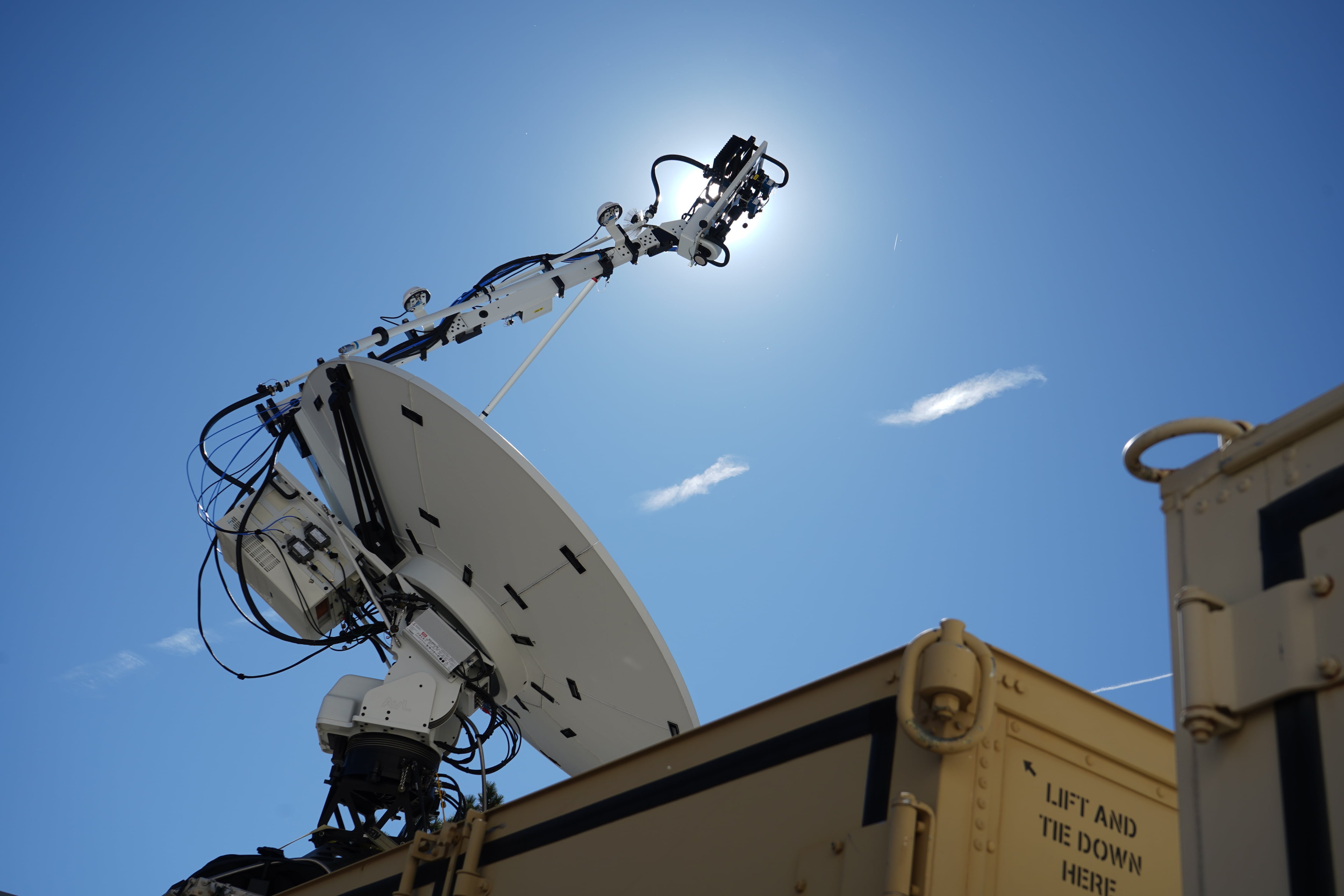The Sept. 14 drone and alleged cruise missile attack against two Saudi oil fields hit nearly 6 percent of the world’s oil supply, pushing the United States to beef up counter-missile batteries and air defenses for its Persian Gulf ally.
But experts question whether the additional 3,000 American troops, Air Force F-15s and Patriot missile batteries will be enough to counter the growing capability of Iranian and Yemen-based Houthi drones and missiles in the region.
Since the 2015 outbreak of violence in Yemen, Iran-backed Houthi rebels have launched more than 250 missiles across the border, according to a U.S. State Department brief obtained by Military Times. Those attacks killed at least 206 civilians and wounded nearly 950. Roughly 20,000 people have been displaced.
The brief also noted there was an increase in “drone incursions” near the Yemen border in August.
Iran and Houthi rebels both field an impressive collection of drones and cruise missiles capable of reaching U.S. allies in the Gulf.
It’s unknown how many drones and missiles have been shot down by coalition and U.S. Patriot systems in Saudi Arabia. U.S. Central Command did not respond to a request for the Patriot’s success rate in engaging airborne targets.
But the overreliance on the air defense Patriot system has come under criticism by analysts who argue that the low flying cruise missiles and drones possessed by Iran and its Houthi allies are difficult to counter.
“There’s no question that the Patriot can hit a cruise missile,” Peter Brookes, a retired Navy intelligence officer and former deputy assistant secretary of defense for Asian and Pacific affairs, told Military Times. But the “real challenge” for the region is the need for a better integrated air defense, strategic warning and detection, he said.
Brookes is now a senior research fellow for the Heritage Foundation, a Washington, D.C.-based think tank.
According to the State Department brief, on Sept. 14 at least 18 unmanned aerial vehicles hit the Saudi Abqaiq oil field, and seven land-attack cruise missiles targeted the Khurais oil field — three of those missiles fell short of the target. The two oil fields process nearly 8.6 million barrels of oil a day.
The brief didn’t detail specifically what type of cruise missile or drones impacted the Saudi oil facilities, but it included two photos of the Iranian land-attack cruise missile, known as the Soumar, and the Quds-1 missile.
Houthi rebels claimed responsibility for the attack, but Secretary of State Mike Pompeo and President Donald Trump both fingered Iran for the attack on Saudi’s oil infrastructure.
While the Quds-1 has been seen with the Houthis, the Associated Press reported that its limited range would have made it impossible for a missile fired from Yemen to hit the target.
But the Houthis do possess a range of drones and missiles capable of hitting the Saudi capital of Riyadh, as well as Dubai and Abu Dhabi in the United Arab Emirates. And Iran has been developing an array of drones and cruise missiles.
The Soumar is an Iranian ground-launched cruise missile that has been in service since 2012, and boasts a range of 2,000 km to 3,000 km, according to the Center for Strategic and International Studies’ missile threat project.
The benefits of these cruise missile systems, according to Brookes, is that “they’re able to fly low, they’re able to fly evasively" making them difficult to target. The Patriot can target these threats, but the region needs a mix of systems that includes lasers, F-35s, ground-based radar and potentially Israel’s Iron Dome system, Brookes said.
The Marine Corps and Army have expressed interest in acquiring the Iron Dome.
The State Department brief also detailed that there was an increase in the number of reported border clashes in August, with Houthis crossing into Saudi Arabia.
A reported claim that Houthis routed three Saudi brigades and killed 500 troops near southern Najran, Saudi Arabia, at the end of September was listed as unconfirmed in the brief.
Houthi rebels uploaded video and images of destroyed Saudi armored vehicles and hundreds of alleged captured Saudi troops.
Shawn Snow is the senior reporter for Marine Corps Times and a Marine Corps veteran.








